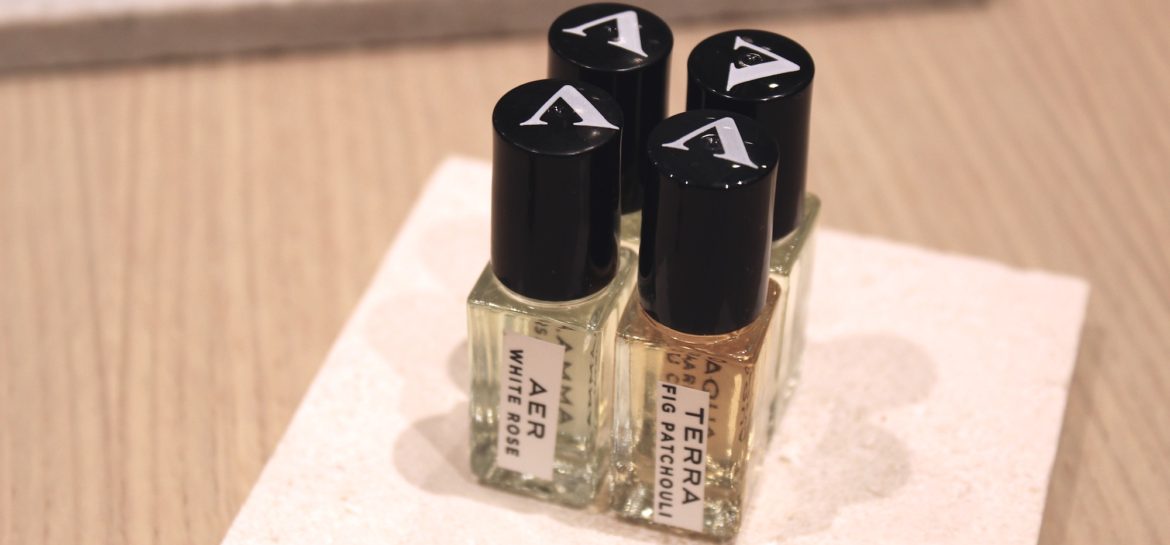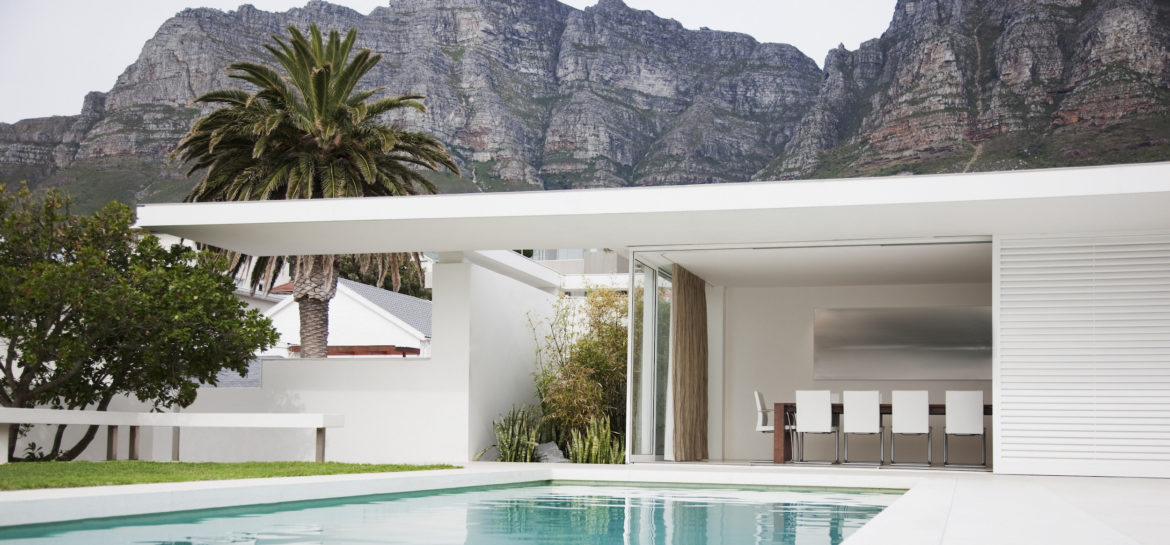
Feng Shui for Retail Stores and Boutiques Means Creating the Right Environment to Engage Your Customers
Retail is about sales. It sounds simple, right? Yet, this means the right product, the right environment, the right price, and let’s not forget—a healthy and supportive staff—are all equally important in driving those sales.
Getting all of these elements right, and working together, is both an art and a science that can be fleeting even for the most seasoned retailers with longstanding track records. While it’s easy to track the value of each customer to the retailer, we also need to be mindful of the value we create for our retail customers. The store experience must transmit value in order to create repeat, happy and satisfied customers. It is this reciprocal relationship that brings customers back. The path to purchase is an emotional journey.
Control what you can control
Having a strong foundation for your retail store is one of the best things you can do for your business. Align the energy in your space so that it supports employee well-being, as well as communicating your brand and its message. This will be the gift that keeps on giving. The true product you are selling includes the environment it is being sold in. This is true for both the in store experience and online.
The action of retail is yang (stimulating) in nature. People and merchandise coming in and out, sales being made. Because of this you want to make sure you have the right balance of energies in your store environment. A store is a multisensory experience that should be active enough to facilitate a sale without over-stimulating the customer. Over-stimulation is a distraction.
Your specific retail environment will always include various forms of stimuli, which should be unique to your goals, but here are five general rules of thumb:
- First Impressions
Make it easy for people to find your store and to find what they want to buy within your store. Your storefront acquaints people with your merchandise and message. This is that crucial point in the process when the most important customer decision is made: should I enter? This means you need to pay special attention to your front-facing windows and front door. Make certain it is clear how to get into your store and remove any obstacles that could make it difficult for someone to enter. This includes any interior fixtures that are too close to the entry. If you offer parking, this should also be noticeable and same applies for the cashier.
Remember that your customers are energy. The more customers, the more energy.
- Floorplan
Take inventory of anything that may be obstructing the flow of your store and remove it. This can be anything from unnecessary clutter to oversized fixtures. Arranging your store so the energy flows smoothly will make the store more engaging for your staff and your customers. Imagine if water was flowing through your store. Where would it flow? Where would it get blocked? Avoid having any sharp corners and dark areas, as these will slow your sales. One inconsistent area can throw off the balance of your store, affecting your customers’ entire experience. As a solution, tactful lighting can be used to open up cramped dark corners and make the space more inviting.
- Displays
Each item that is being displayed for sale certainly needs a bit of space around it. Displays of multiple disparate items that are too crowded can take away from the individuality of each item and drive customers away. Allowing space for each item to breathe will welcome the customer’s eye to linger for longer. Also, avoid placing large fixtures too close to an entry, as it will block the flow of people who wish to enter your store. Give your clients their own breathing room when they enter your store—let them take in what you are offering and decide which direction they want to head.
- Sound
Music allows customers to feel they are not creating the only sounds in the store. Music should be instrumental or even in another language to allow for a level of concentration on the merchandise. Sound can draw people in and inspire them to shop or it can be more of a nuisance. Take a moment to close your eyes and feel the sound in your store. What is it directing you to do? If you are opting out of playing music, try a water feature or quality chime to fill the space of sound.
- Scent
Scent is one of the most important variables in the language of your space. The best scent is of a clean well-circulated space. Air quality is vital; customers will not spend very long in a space with stagnant air. Be very conscious when applying scent to your retail store as humans closely associate scent with memory. Scent can also be used to influence behaviors. How do you want people to remember your store? Chain stores should not use different scents at different locations unless it is a location-specific marketing decision.
Retail Feng Shui principles can be as simple as the right sounds, scents and flow to improve the experience and engage your long-term customers.
Simple Elements of Retail Feng Shui Can Go a Long Way
We suggest that you always include a subtle balance of the 5 elements. Done correctly, this will make your space feel alive as these are the ever-present elements of the natural world. Store conditions should also be congruent. They should support each other and be in alignment with your message. Incongruent store conditions create disharmony and affect the shopping experience. A well-balanced retail space makes the entire experience more enjoyable for staff and customers. And, the good thing is, that by utilizing Feng Shui for retail you can create harmony and the right environment to support your message and drive sales.
Read more about the elements of Feng Shui for retailers and boutiques

